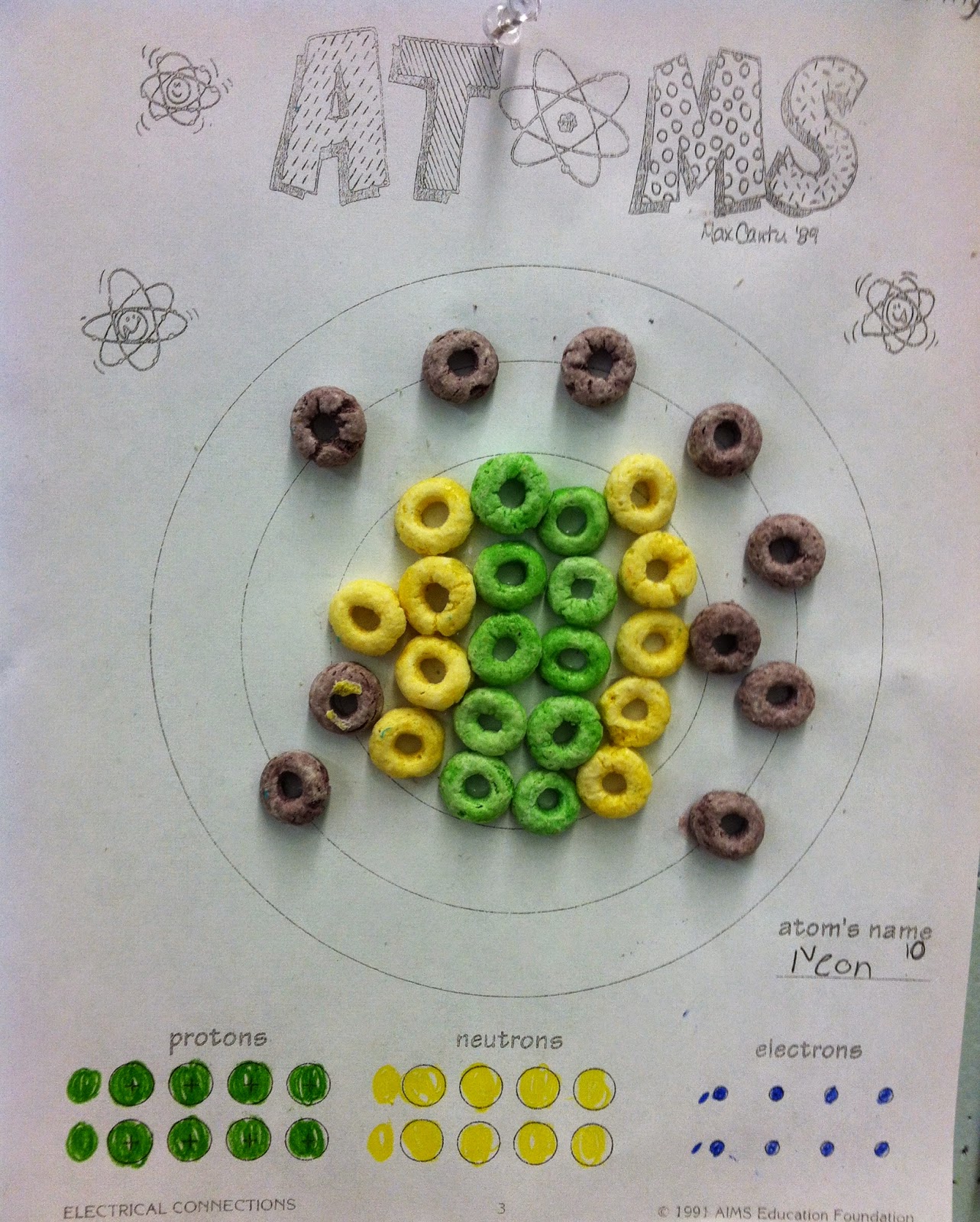Here is part 2 of Tennyson's poem, including images and definitions. (For part 1, click
here.)
No time hath she to sport and play:
A charmed web she weaves alway.
charmed is charm-ed
alway: always
 |
| painting by John William Waterhouse |
A curse is on her, if she stay
Her weaving, either night or day,
 |
| a girl weaving on a Rainbow Loom |
To look down to Camelot.
She knows not what the curse may be;
Therefore she weaveth steadily,
Therefore no other care hath she,
The Lady of Shalott.
She lives with little joy or fear.
Over the water, running near,
The sheepbell tinkles in her ear.
sheepbell: a bell worn by a sheep
Before her hangs a mirror clear,
Reflecting tower'd Camelot.
And as the mazy web she whirls,
She sees the surly village churls,
churls: peasants
And the red cloaks of market girls
Pass onward from Shalott.
Sometimes a troop of damsels glad,
damsels: girls
An abbot on an ambling pad,
 |
| painting by Bermejo |
abbot: the head of an abbey of monks
ambling: walking slowly and in a relaxed way
Sometimes a curly shepherd lad,
lad: boy
Or long-hair'd page in crimson clad,
page: attendant to a knight
in crimson clad: wearing red
Goes by to tower'd Camelot:
And sometimes thro' the mirror blue
thro': through
The knights come riding two and two:
She hath no loyal knight and true,
The Lady of Shalott.
But in her web she still delights
To weave the mirror's magic sights,
For often thro' the silent nights
A funeral, with plumes and lights
And music, came from Camelot:
Or when the moon was overhead
Came two young lovers lately wed;
I am half sick of shadows,' said
The Lady of Shalott.
On this site, there is a Lady of Shalott image that was done by a 5th grader. It's awesome. And wouldn't you know it, it's from an Ambleside school! The pictures were done as part of the UK's Power of Reading project.
One of my fourth graders asked if Shalott was a real place. Here's what I found:
Tennyson based "The Lady of Shalott" on a 13th century Italian romance titled Donna di Scalotta, based on Elaine of Astolat (or Ascolat). (Astolat is not a real place, but if you google "Astolat Great Britain map," you will discover that there is an Astolat Business Park in Surrey, an Astolat Pub, an Astolat Electrical Services, and a bus stop named The Astolat.) Tennyson didn't think "The Lady of Scalott" sounded soft and pretty, so he used Shalott instead.
Another thing my students wanted to know was how the Lady did human things like eating and sleeping and going to the bathroom if she wasn't able to stop weaving. Oh, those curses...

.JPG)
.JPG)
.JPG)
.JPG)
.JPG)
.JPG)
.JPG)
.JPG)
.JPG)
.JPG)
.JPG)
.JPG)
.JPG)
.JPG)
.JPG)





.JPG)
.JPG)
.JPG)
.JPG)
.JPG)
.JPG)
.JPG)









.JPG)
.JPG)
.JPG)




.JPG)


.svg.png)
.JPG)
.JPG)
.JPG)